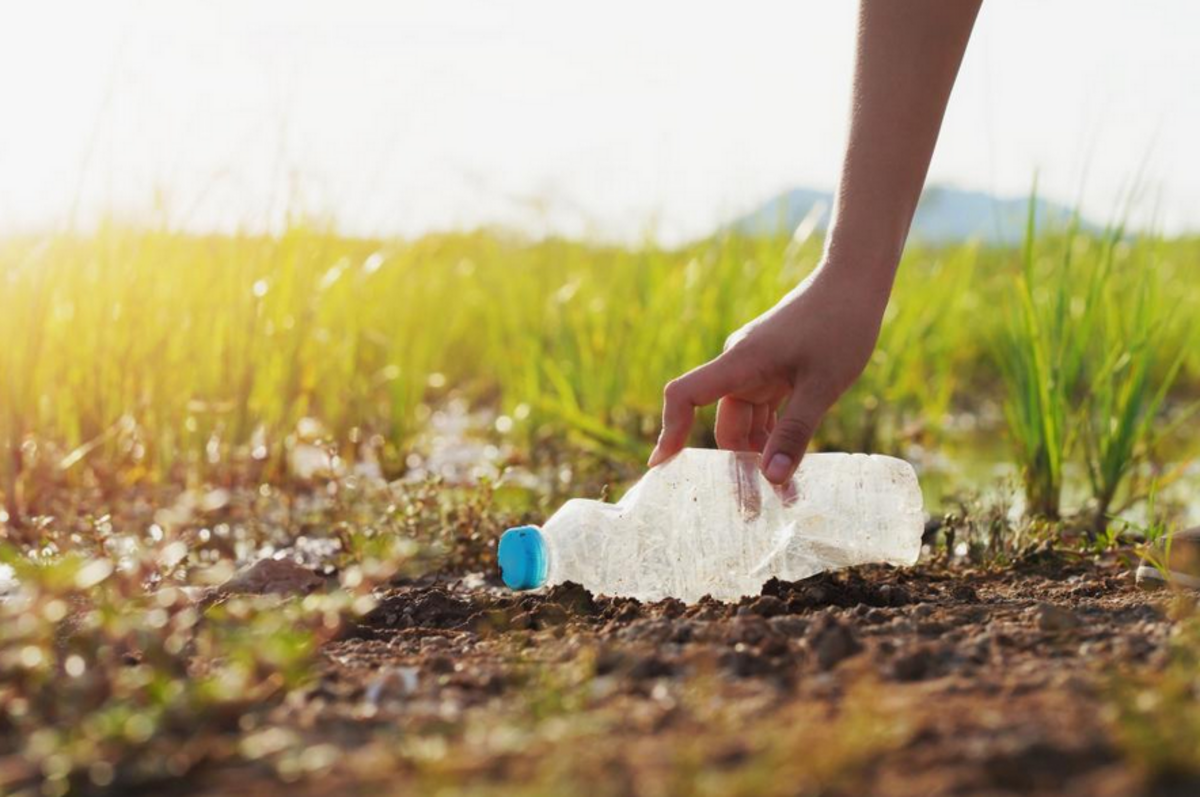Around 4.5 megatonnes of recycled plastics were consumed by the European manufacturing industry in 2019, with an average waste recycling rate equal to around 17%, according to a recent JRC study. The study established a Material Flow Analysis for the whole value chain of plastics in the EU for 2019, from pellets production to the end-of-life management, including littering and waste mismanagement.
The authors also prepared simplified scenarios for the plastic value chain in 2025, following the expected EU policy trends. Among these scenarios, the highest impact is achieved when separate collection of plastic waste is increased, by 30% from packaging, and by 25% from automotive and electronics as well as electrical equipment. This scenario leads to an estimated recycled plastic consumption of 6.47 megatonnes by 2025, a 45% increase compared to 2019.
When multiple actions are combined (such as reduced waste export and increased separate collection, assuming that between 69 and 93% of the separate collected waste gets sorted for recycling, and between 60 and 85% of the sorted waste is recycled), recycled plastics consumption could meet the target endorsed by the Circular Plastic Alliance (CPA). The 336 signatories of the alliance pledged action to expand the EU and UK market for recycled plastics up to 10 million tonnes by 2025.
The results of the study provided analytical expertise to support the achievement of EU targets for improving the plastics value chain circularity, as described in The European Green Deal and the European Strategy for plastics in a Circular Economy.
Only 38% of the total post-consumer waste is separately collected
The study’s model includes details for nine sectors (including packaging, construction, transport, agriculture, and electronics) and 10 polymers (including LD/HD-PE, PET, PP, PVC, PS). The analysis also provides insights into less-explored sectors such as fishing and healthcare.
Results underline the noteworthy role of packaging in the EU, as plastic packaging represented around 40% of the plastic manufactured in the EU.
In 2019, only 38% of total post-consumer waste, amounting to 28.8 megatonnes, was separately collected, with a significant 13% share being mismanaged. The highest amount of mismanaged plastic was observed in the transport and electronic sectors.
Most of the total microplastic and macroplastic losses of all sectors in the whole value chain (2.11 megatonnes or 4% of the total plastic production) occurred during the use phase (39%).
The wider EU policy context on plastic
Several EU policies and actions have been put forward to address the ever-growing plastic challenges.
Achieving plastic circularity is a goal of the European Strategy for Plastics in a Circular Economy, whilst the New Circular Economy Action Plan and the European Green Deal have promoted the reduction of microplastic pollution and plastic waste for certain key products.
Since 2019, to deliver on these objectives, mandatory recyclability and recycled content for plastics have been proposed (packaging, automotive), adopted (beverage bottles) or empowered (for example under the new Ecodesign Regulation). Single-use plastic products have been regulated, and a new contribution to the EU budget is now in place, based on non-recycled plastic packaging waste per Member State. The Commission restricted intentionally added microplastics and proposed to regulate unintentional microplastics releases by companies. Lately, plastic waste exports outside the OECD have been prohibited.
This ambitious EU action may inspire the international treaty on plastic pollution being negotiated at the United Nations. Understanding the effects of plastic debris in the marine environment is indeed central to achieving the United Nations Sustainable Development Goal (SDG) 14, aimed at conserving and sustainably using oceans, seas, and marine resources.
Towards a circular plastic value chain
Although packaging plays a significant role in the whole plastic value chain, the analysis of less-explored sectors should gain further prominence and support in the coming years. Further, the potential added value of the less commonly recycled polymers’ fractions should also be exploited and explored, as well as the possible value, quality and fate of recycled plastics.
To fulfil the EU ambitions and industry action targets such as the EU/CPA target, significant efforts in improving data granularity for a complete plastic flows overview in the EU are needed. Such enhancements could include better sector-specific and polymer-specific data for less explored sectors (such as textiles and clothing, fishing, or healthcare) coupled with in-depth knowledge of recycled plastics and their fate, as well as losses and waste flows’ mismanagement.
Considering these key commitments for actions at the EU level, an improvement and rethinking of the plastic value chain is mandatory and should be driven by up-to-date knowledge of all its numerous hotspots.
